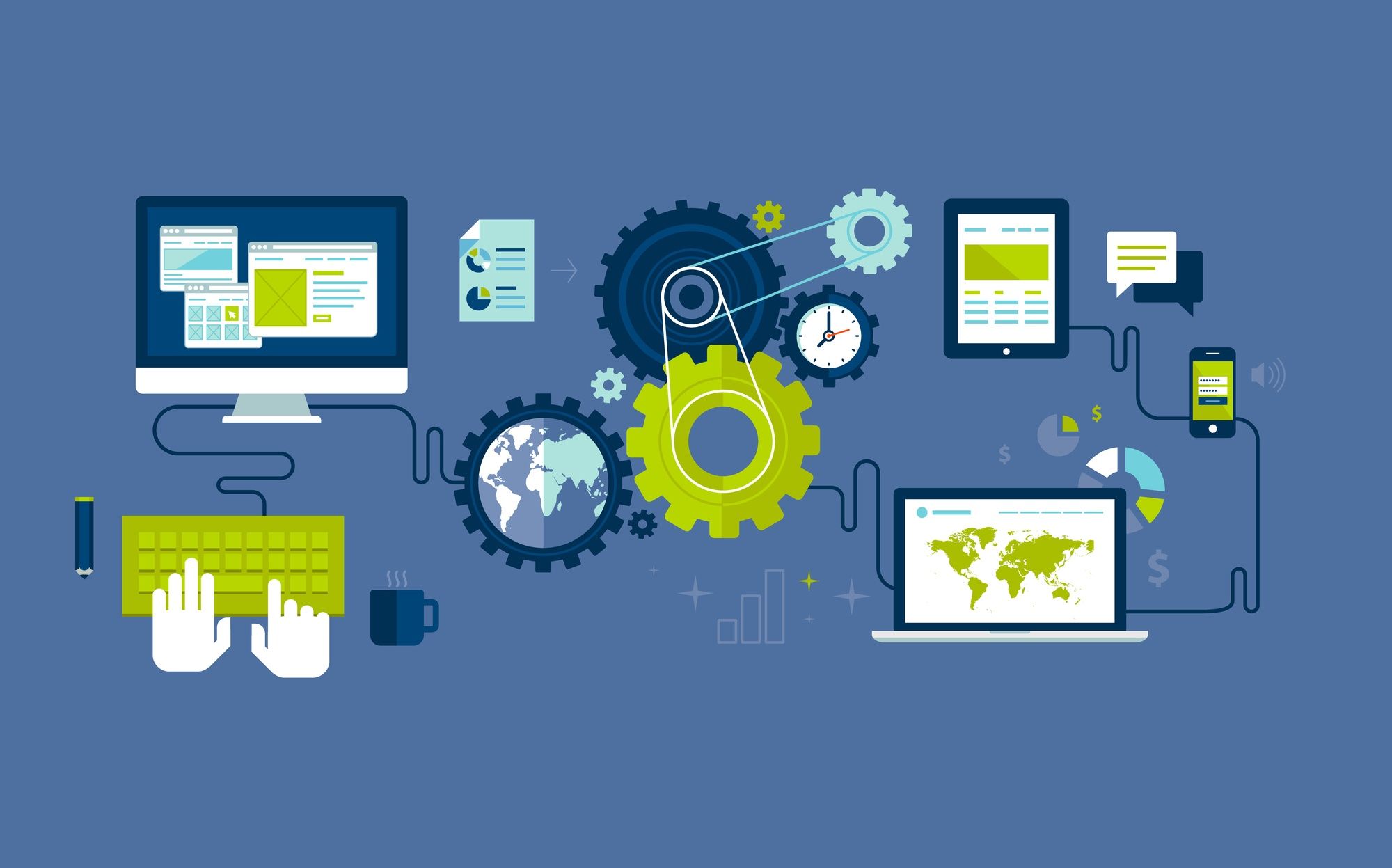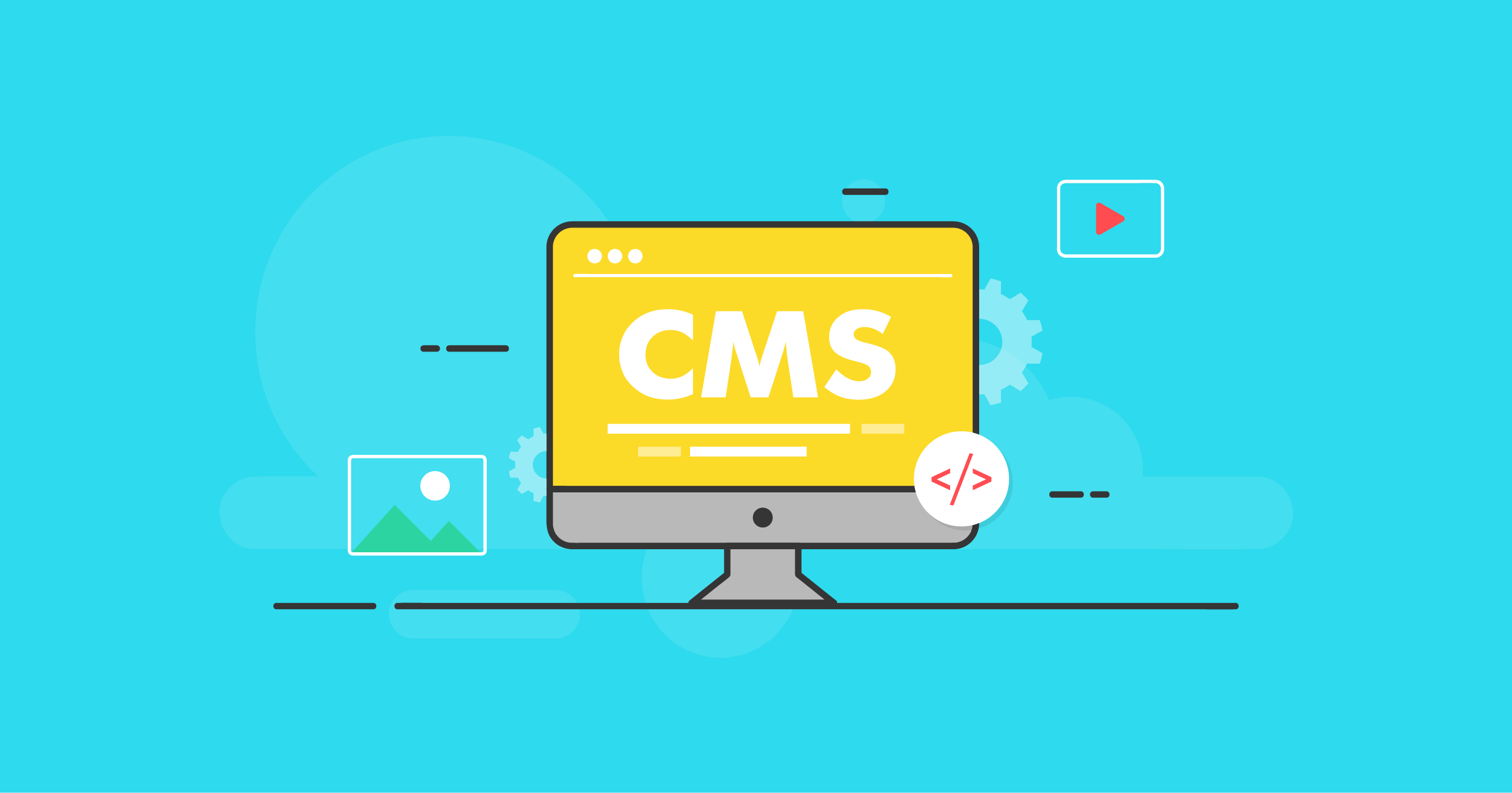What Are The Differences Between Content Services Platform (CSP) & Content Management System (CMS)?
Sometimes, the terms content services platform (CSP) and content management system (CMS) are interchangeably. That’s understandable, because the two solutions have some of the same capabilities. When you take a closer look, you’ll find that they solve completely different business problems.
1. What causes the confusion?
Content services platform and content management systems both:
- Manage and securely store digital assets.
- Enable content creation, retention, and distribution.
- Provide a centralized repository and securely store information.
- Tag content with a unique identifier to enable flexible search and easy retrieval.
- Provide advanced information security through authentication, permissioned access, encryption and audit logs.
- Support sharing of information that improves collaboration.
- Enable the creation of automated workflows.
2. Business process automation vs. digital asset creation and management
| CSP | CMS |
| Replaces manual, paper processes with automated workflows, enforces business rules and company policies with minimal human intervention and makes regulatory compliance easier. | Is used to create, edit, share and publish digital content like web pages and blog posts and add images, audio files and videos to those pages. |
| Is a central repository for business documents in formats that include Microsoft Word, PDFs and PowerPoints as well as video and audio files, photographs, CAD drawings and other image types. | Is a single database for templates, content, graphics, audio and video, and a home for workflows needed for activities such marketing nurture campaigns and website creation and maintenance. |
| Is used by employees inside the company and, when appropriate, information can be shared with customers, vendors and business partners. | Is primarily for creation and publishing of public-facing content. |
| Has advanced imaging and scanning capabilities, using tools like optical character recognition (OCR) and handprint character recognition (HCR) to digitize paper documents. | Does not have these digitization capabilities. |
| Is easy to use without technical expertise. It also provides tools for power users and IT staff to build workflows and design forms with user-friendly wizards. | Is made up of a backend that uses .html, cascading style sheets, editorial tools that don’t require technical knowledge and a user interface for published content. |
| Can integrate with other software including email programs, enterprise resource planning (ERP), human resource information management software and accounting systems. | Has different integration capabilities and often integrates with customer relationship management (CRM) software to share customer data. |
| Manages document versioning and provides secure e-signature capabilities. | Primarily manages web content and enables edits and updates. |
| Can be used by any organization that wants to eliminate manual paper processes and experience the benefits of digital transformation. | Is often used for marketing and advertising efforts. |
3. How do you know if you need a CSP or a CMS?
Now that you understand the basic differences between these two software platforms, it’s time to figure out which one you need.
a) Choose a CSP if you want:
- A central repository that categorizes, stores, and retrieves business documents, video and audio files, photographs and CAD drawings and other formats.
- Implemented automated workflows, leveraging AI & ML to accelerate business processes and save time and resources. This application has notably diminished unproductive workloads, leading to streamlined processes and enhanced efficiency.
- A scalable solution designed to grow with your business, with particular emphasis on the robust support provided by Low-Code technology.
- Permissioned access, authentication and protection against cyberthreats to ensure customer and employee data privacy.
- Your teams to create and collaborate on processes and projects such as invoice processing, performance reviews, contracts, quality control and order processing using features including workflow, e-signature, version control and an audit trail.
- Backup capabilities to support business continuity and disaster recovery.

b) Choose a CMS if you want to:
- Create and publish web content and/or create a website on an easy-to-use platform.
- Add video and images to these web pages
- Use a graphical user interface (GUI) that enables non-technical users to edit, publish and manage content without programming experience.
- Automate workflows to coordinate marketing and advertising campaigns and provide outreach for customer relationship management.

As you can see, a CSP and a CMS serve very different purposes. Creating automated workflows, providing powerful search, integrating with other business software, offering e-signatures and the creation of e-forms, and improved regulatory compliance are among the most important functions of content services platform. While a CMS is designed for the creation, organization, storage, and retrieval of published content. Larger organizations may need both solutions, but most companies find that one of them meets their particular business requirements.
Ricoh Offers You An Ultimate Content Services Platform – DocuWare: Document Management And Workflow Automation
DocuWare is a Content Services Platform (CSP) by offering a versatile range of functionalities, DocuWare enables businesses to adapt and respond swiftly to evolving needs, much like the characteristics of CSPs. Moreover, DocuWare's emphasis on user-friendly interfaces and low-code development tools empowers non-technical users to create and customize applications rapidly, aligning with the paradigm shift towards efficient, agile solutions. Additionally, DocuWare incorporates artificial intelligence capabilities to automate tedious tasks, enhancing productivity and enabling organizations to harness the benefits of AI-driven content management. In essence, DocuWare exemplifies the transformative capabilities of a CSP, facilitating streamlined content management and empowering businesses to thrive in the digital age.
DocuWare is the best option for businesses that want to modernize and optimize their workflows with digital solutions. DocuWare offers a flexible, scalable and secure platform that can adapt to any industry and business size. DocuWare enables enterprises to streamline their processes, improve their productivity and enhance their customer satisfaction.
